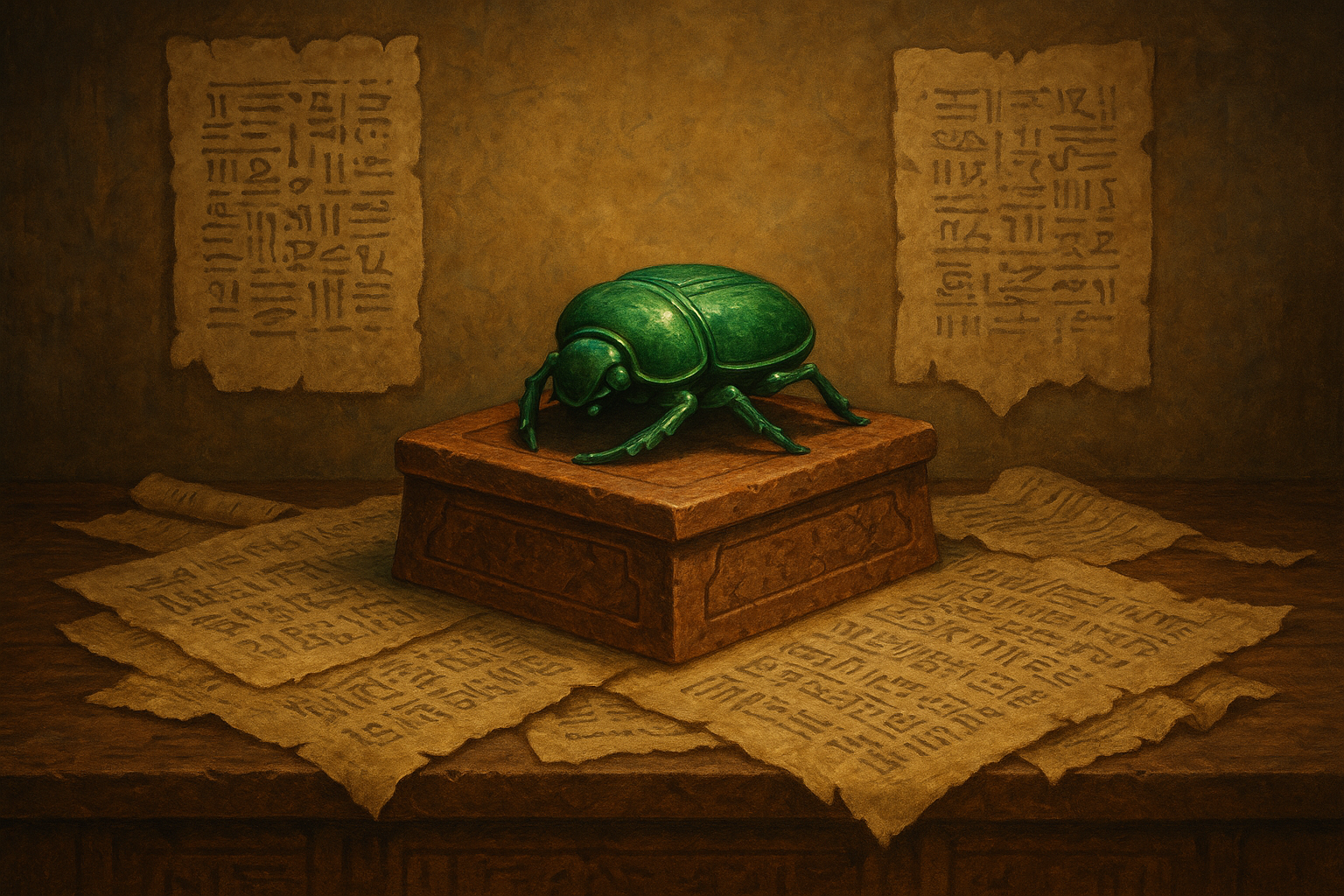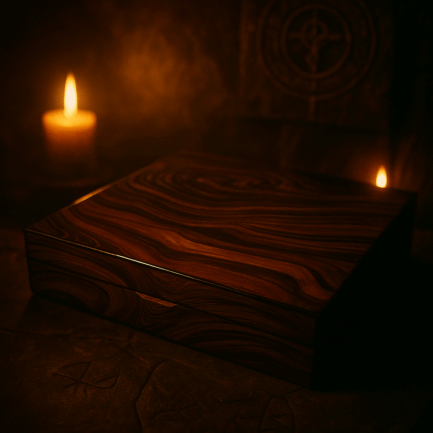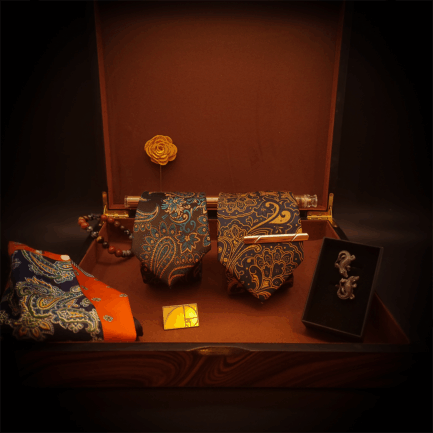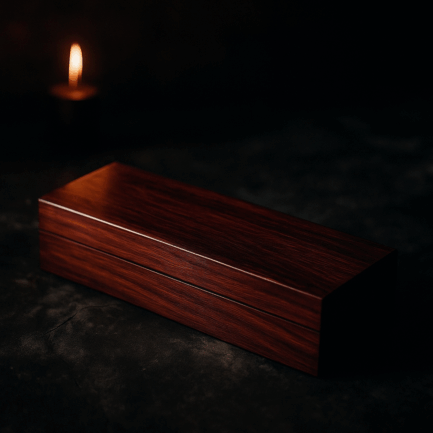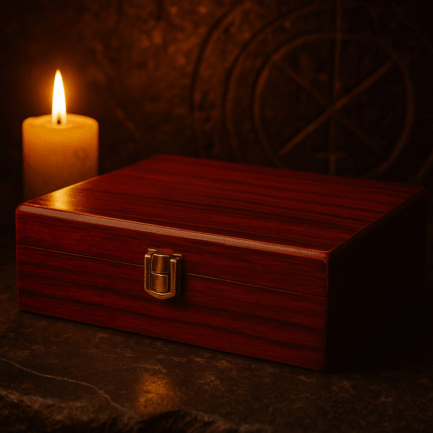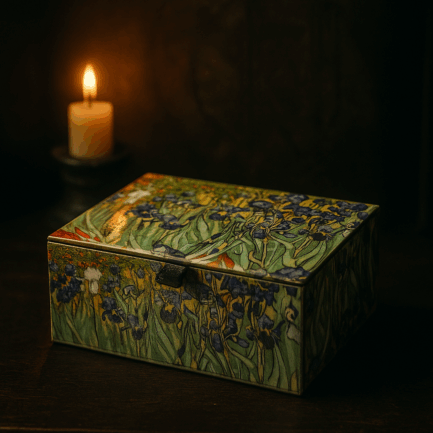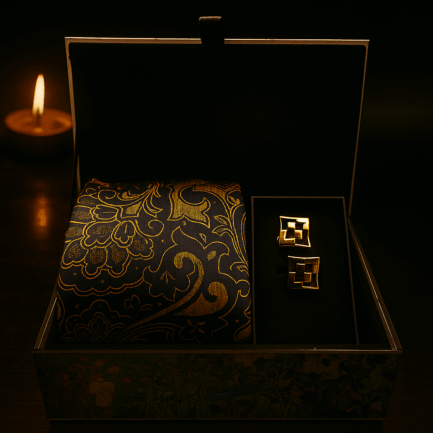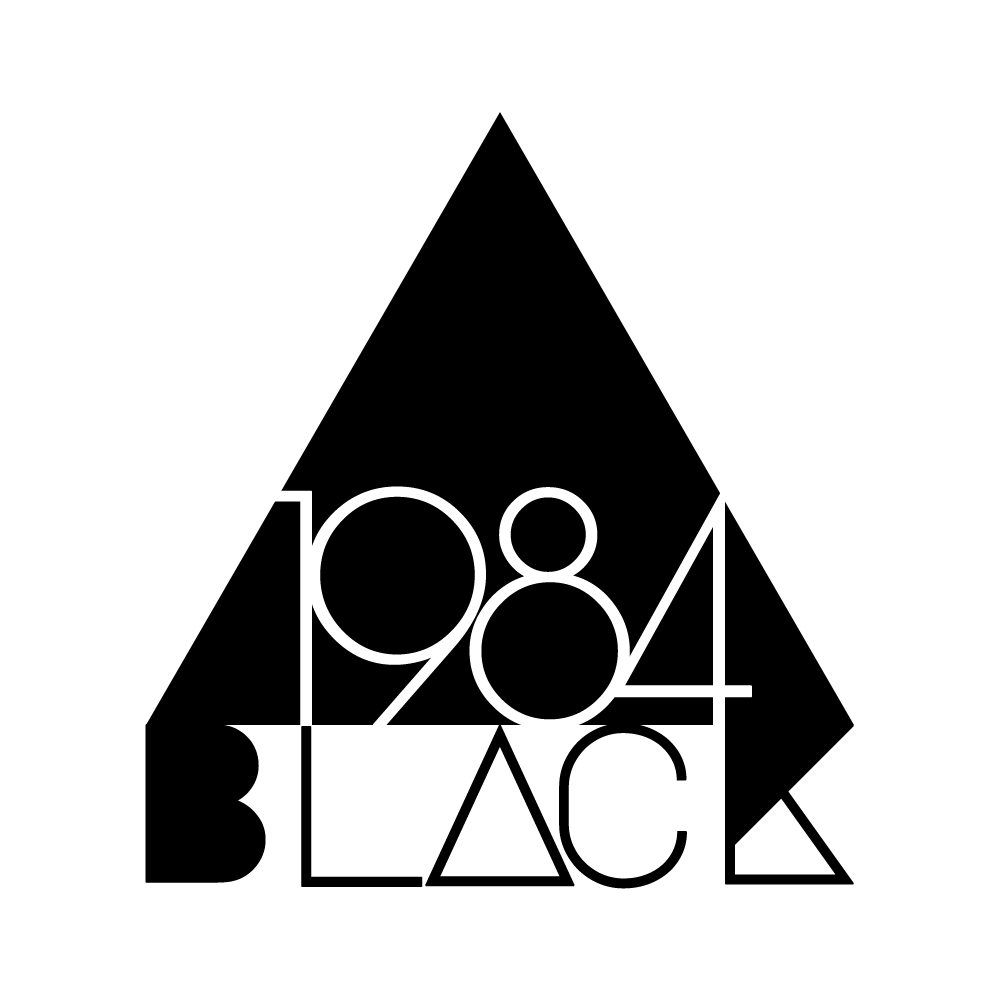In Ancient Egypt, nothing was idle.
Every symbol had a role. Every god had a task.The scarab, that humble beetle, was no exception.
It did not ask for worship. It did not glitter.
It labored.To modern eyes, it is misread: as a charm for luck, a trinket of fortune.
But the Egyptians did not believe in chance.
They believed in cycles.And in the cycle, something had to move the sun.
The Beetle That Moved the Sky
To understand the scarab, look not up, but down.
In the desert, a beetle rolls its prize, a ball of waste, across the sand.
It does this not out of pleasure, but purpose.
This motion became divine.
The Egyptians saw in it the daily resurrection of the sun.
Each morning, the sun reappeared. Each night, it vanished into the underworld.
It did not rise on its own.
Something had to push it.
They gave that role to Khepri, the god of the dawn, whose face was a scarab.
He did not raise the sun.
He rolled it.
Filth as Function
The scarab does not disguise its work.
It handles rot.
It moves decay.
It buries what stinks so that life may return.
This was not metaphor to the Egyptians.
It was mechanism.
The dung beetle fertilized the earth.
It sealed eggs inside the dung ball, where warmth and protection turned waste into womb.
This was the logic of the universe:
From waste, birth.
From burial, emergence.
From darkness, light.
A God Without Majesty
Khepri was not the most powerful.
He was not regal like Osiris, or vengeful like Sekhmet.
He was functional.
A worker god. A mover of light through shadow.
He had no temple of gold.
Only a face, carved into amulets and tombs; to remind the dead that rebirth is earned, not granted.
Khepri did not bless.
He moved.
And movement was enough.
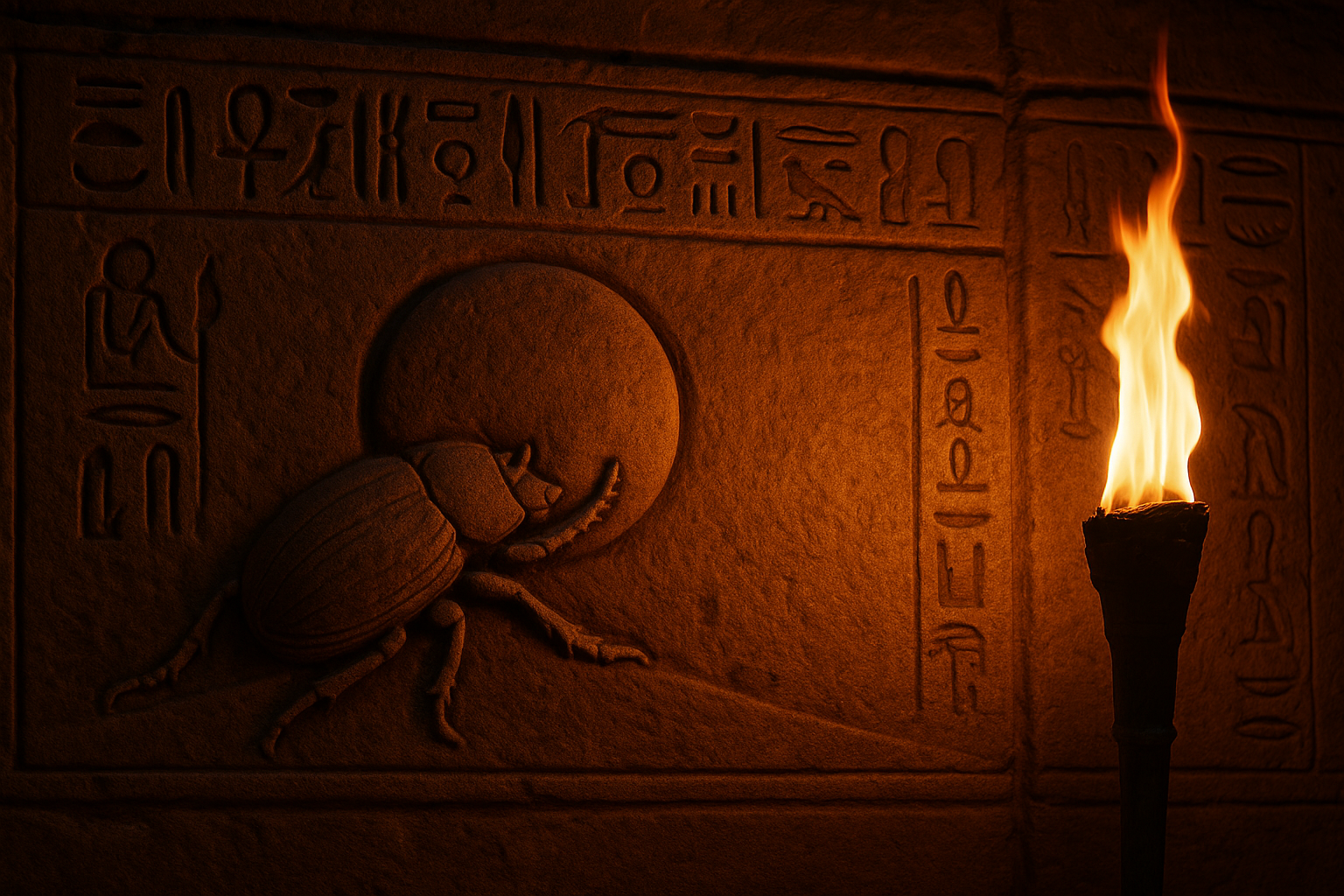
The Scarab on the Heart
In death, the scarab traveled with the body.
Carved in green stone, it rested on the chest; a heart scarab.
It bore inscriptions, spells, commands:
“Do not stand against me in the judgment.”
In the Hall of Two Truths, the heart is weighed.
Too heavy with lies, and the soul is devoured.
Too light, and it floats forward.
The scarab was not decoration.
It was plea. Shield.
Confession.
It did not speak of fortune.
It whispered of accountability.
Misread by the Modern
When the scarab entered modern culture, it changed.
It became a token. A necklace. A motif.
Its work was forgotten.
Its function replaced with meaninglessness.
We called it a lucky charm;
But the scarab does not trade in luck.
Its story is not one of chance, but repetition.
To roll the sun again.
To bury the past again.
To begin again.
Sacred Through Simplicity
The power of the scarab is not in mystery.
It is in simplicity.
Unlike gods of vengeance or justice, the scarab does not intervene.
It persists.
And in that persistence, the universe turns.
There is no drama to its ritual.
Only effort.
Only motion.
The sacred lives here, in the task performed without recognition.
In the refusal to stop, even in decay.
Especially in decay.
A Symbol for Now
What does the scarab offer us today?
Not miracles. Not answers.
A model.
Of work done without reward.
Of transformation through labor.
Of survival by doing the next necessary thing.
In times of collapse, the scarab reminds us:
Nothing begins without first breaking down.
And someone has to carry the pieces.
Closing Reflection
The scarab is not holy.
It is not poetic.
It is purposeful.It rolls what others abandon.
It creates where others recoil.
It begins again; not because it is beautiful, but because it must.We do not wear the scarab for luck.
We wear it to remember:Rebirth is not a wish.
It is a function.
And someone has to do the work.
-
The Cartographer’s Ark, Large
€ 79,95 -
The Lineage Case, Medium
€ 49,95 -
The Ember Reliquary, Medium
€ 49,95 -
The Blooming Cipher, Small
€ 29,95


